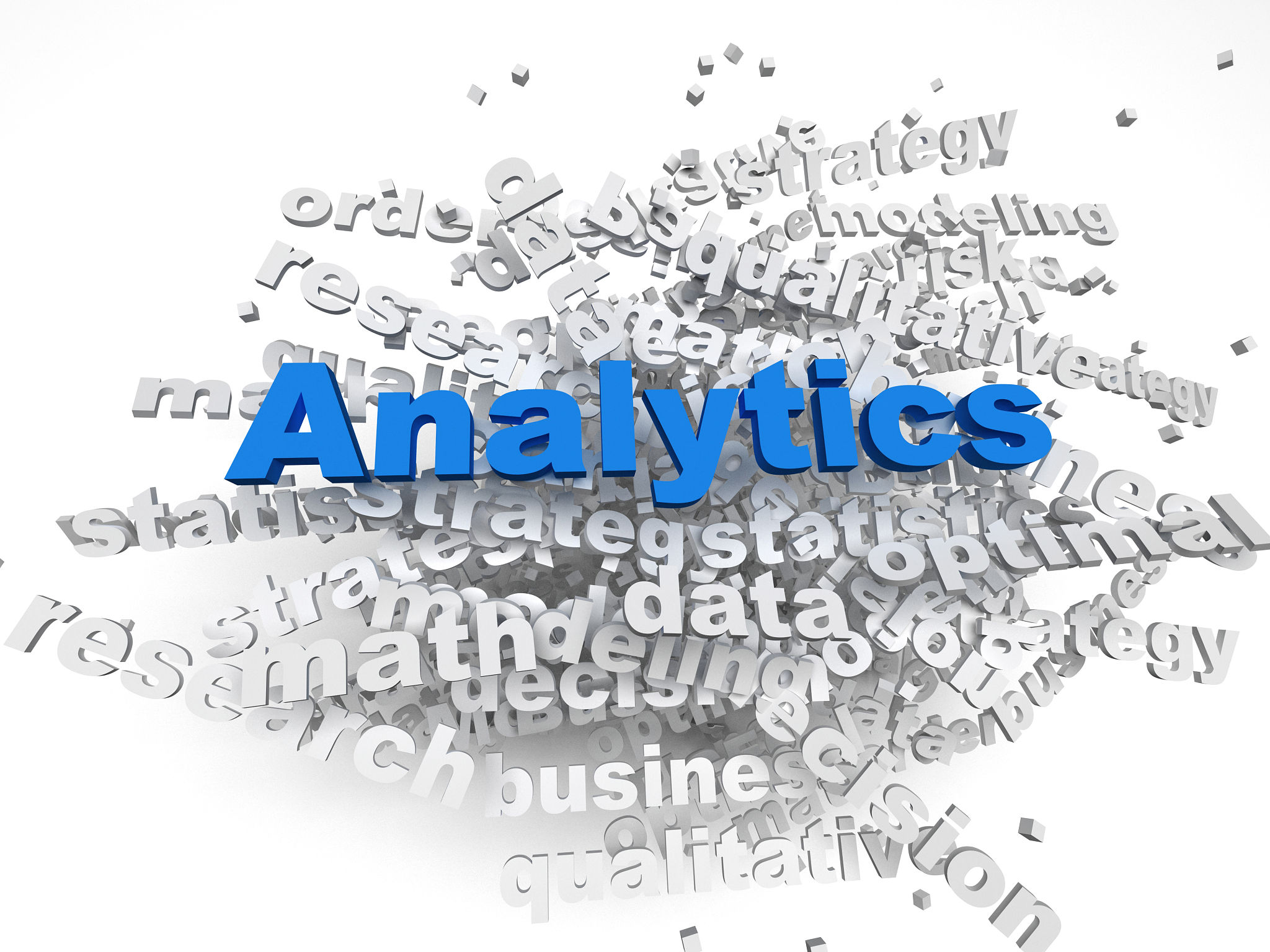How AI is Revolutionizing Environmental Impact Assessments
The Integration of AI in Environmental Impact Assessments
Environmental Impact Assessments (EIAs) are crucial for understanding the potential consequences of proposed projects on the environment. Traditionally, these assessments have been time-consuming and reliant on manual data collection and analysis. However, the advent of artificial intelligence (AI) is revolutionizing the way EIAs are conducted, making them more efficient and accurate.
AI technologies are capable of processing vast amounts of data at unprecedented speeds. This capability allows for quicker identification of potential environmental risks associated with construction, mining, or industrial projects. By leveraging machine learning algorithms, AI can analyze historical data, identify patterns, and predict future outcomes, providing more comprehensive insights into environmental impacts.

Enhancing Data Collection and Analysis
One of the primary ways AI is transforming EIAs is through enhanced data collection and analysis. AI-powered drones and sensors can gather real-time data from project sites, monitoring air quality, water levels, and wildlife activity. This technology allows for continuous data collection, providing a more detailed and dynamic picture of environmental conditions.
Moreover, AI systems can automatically process and analyze this data, detecting anomalies or trends that may indicate potential environmental threats. By automating these processes, AI reduces the risk of human error and ensures more reliable results, ultimately leading to more informed decision-making.
Improving Predictive Modeling
Predictive modeling is another area where AI is making a significant impact. Machine learning algorithms can simulate various scenarios and predict their environmental consequences. This capability is particularly valuable in assessing the long-term impacts of projects and identifying mitigation strategies before any physical work begins.
AI's ability to model complex environmental systems enables stakeholders to foresee potential issues and make proactive adjustments to project plans. This forward-thinking approach not only helps protect the environment but also saves time and resources by avoiding costly modifications later in the project lifecycle.

Facilitating Better Decision-Making
The integration of AI into EIAs facilitates better decision-making by providing stakeholders with comprehensive and accurate information. Decision-makers can access detailed reports generated by AI systems, which highlight key findings and suggest actionable steps to minimize environmental impacts.
Additionally, AI can enhance stakeholder engagement by presenting data in easily understandable formats, such as interactive dashboards or visualizations. This transparency empowers communities and regulators to participate more actively in the assessment process, ensuring that diverse perspectives are considered.
Challenges and Future Prospects
Despite the numerous advantages, integrating AI into EIAs is not without challenges. Issues such as data privacy, algorithm transparency, and the need for skilled personnel to manage AI systems must be addressed. However, as technology continues to advance, these challenges are likely to be mitigated.
The future prospects for AI in EIAs are promising. As AI technologies evolve, they will offer even more sophisticated tools for environmental monitoring and assessment. By embracing these innovations, we can pave the way for sustainable development that harmonizes economic growth with environmental stewardship.
